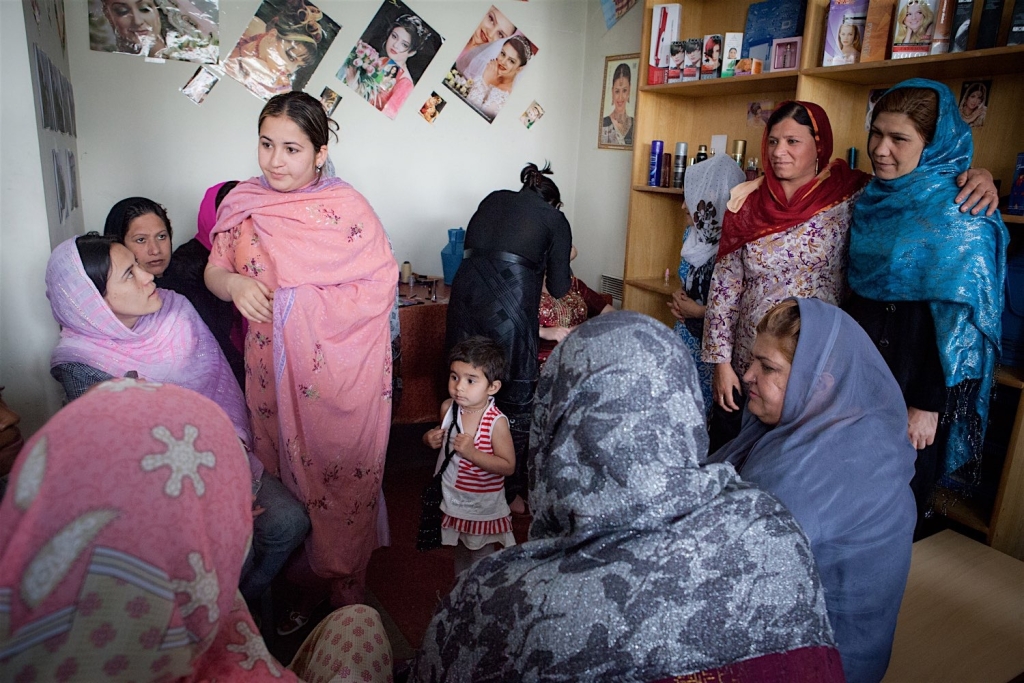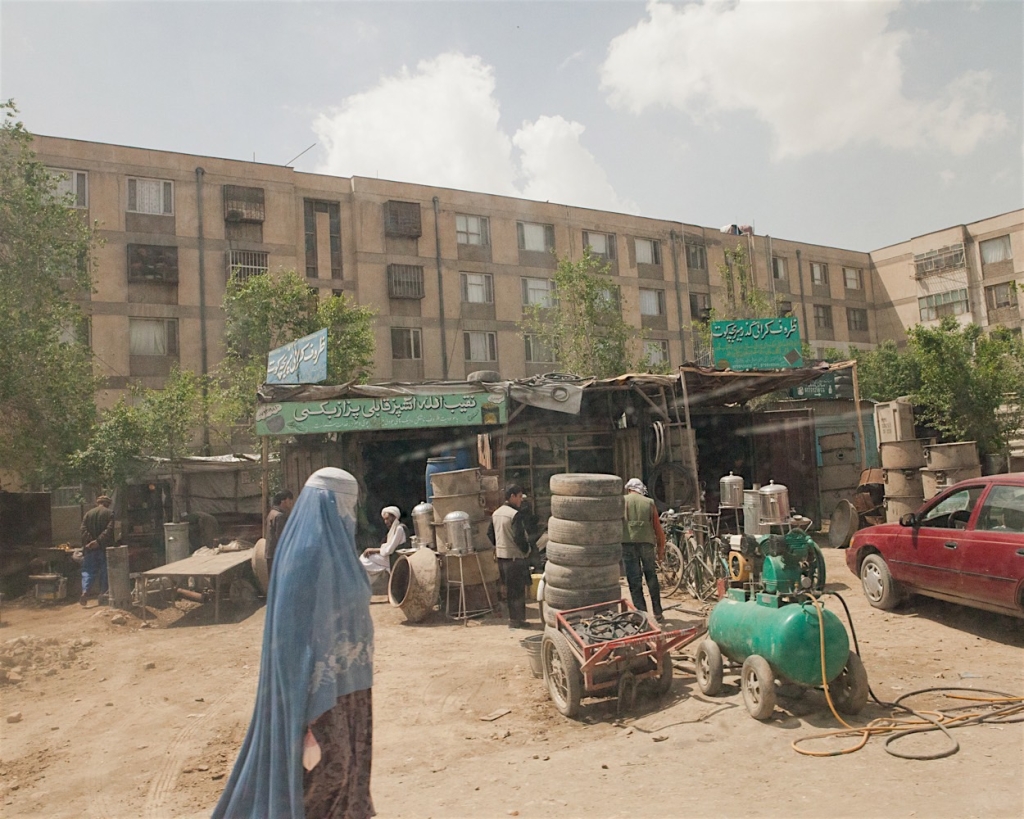















In 2012, I returned to Afghanistan to take part in a national women’s conference which brought women leaders together to discuss the challenges facing women and children in post-war Afghanistan and how we, as Americans, can best address these issues. A woman who was a member of Parliment before the Taliban said, “The physical safety and security of women in our country is our highest priority. If you can guarantee us the safety to move freely and go about our lives, we can take care of the rest.” Because the women in attendance were risking their safety and possibly their freedom to be there, I did not take photographs during the conference.
A surprising number of Aghan women are imprisoned. In an effort to understand the circumstances that landed women in prisons, I spoke to inmates and prison administrators and photographed the women and children, the conditions, and the culture that grew around these prisons. More often than not, I met women who were there because they had been raped or abused or killed their attacker in self-defense. Some merely ran away from bad home situations. Others were there serving the sentence of their husband, father, or brother for crimes they committed. In the Afghanistan I witnessed, men hold more value than women so they can send their wives or daughters or sisters to prison for them. Women who were in prison for "moral" crimes (objecting to one's own rape, running away from an abusive situation etc) were in prison with drug traffickers or women who had committed violent crimes.
In my travels around Afghanistan, I spoke to many women who had been professionals before the Taliban. Women who had been silenced and sentenced to a life of servitude but who remembered well their lives before, the independence they had and the contributions they made to not only their families, but to their communities as well.